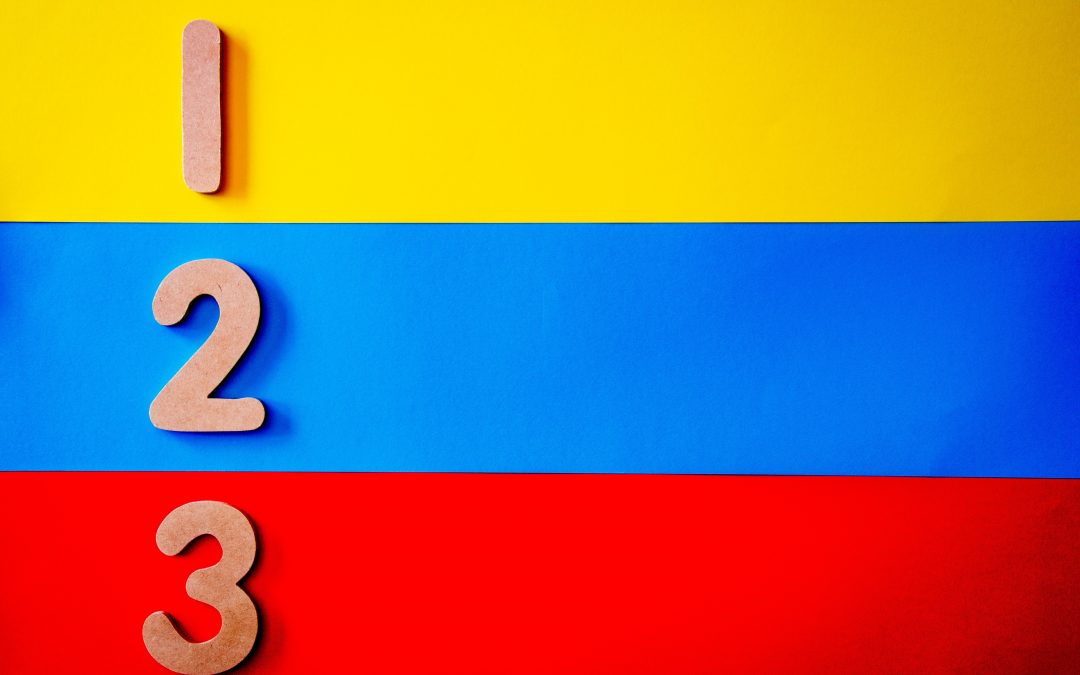 Cognitive Learning System
Cognitive Learning System
Most of us have been conditioned to “sit down and study” when we want to learn something. We depend on our thinking and memorizing, on learning facts and drilling, on researching and discussing. And these learning activities are a valid and important part of the learning process. They make up what we refer to as the cognitive learning process. The cognitive system is based on internalizing information – the WHAT of learning.
But did you know there are two other very important learning systems?
Behavioural Learning System
One is the behavioural system. We could call this the HOW of learning. It is taking the information, drilling and repeating where relevant, applying it through interaction, rewarding or punishing behaviours, etc. This learning process occurs as we use what we have studied. It can be seen as the next step after studying, often not integrated into the learning activities and sometimes ignored completely, making many courses ineffective. But all of us know we need to build new behaviours until they become more automatic in order to become skilled in what we have studied.
Emotional Learning System
The other process is the emotional system. We could refer to this as the FEEL of learning. We know that strong emotional experiences implant themselves into our memory whether we want them to or not. Emotions are closely tied to sensory experience – sound, sight, smell, touch, etc. They arise through experiencing dynamics between people and in particular situations. And they are triggered through association with past events and memories.
Brain Structure & Behaviour
These three learning systems take place in different areas of the brain. The cognitive system operates in the prefrontal cortex, that area behind your forehead which is highly developed in humans. The behavioural system operates in the striatum which is in the mid-brain. And the emotional system is located in amygdala, at the back and the base of the brain.
Drawing on all three of the learning systems will improve the efficiency and effectiveness of any coaching, training and educational experiences. If we consider this from the brain perspective, new learning begins the creating of new neural pathways. We can think of this as a path through the woods. At first it is not easy to walk on but over time it gets worn down and broadened, even becoming a road or highway. As this happens, it makes it easier for us to apply the learning quickly, intuitively, and skilfully. This is what we call brain plasticity.
Ways to Integrate the Systems
So how might we more strongly integrate behavioural activities and emotional associations? Certainly, all forms of practice and drilling will help due to the repetition and skill application. But what other approaches might we consider? Here are some ideas:
- Review an activity in the mind: This is a common approach in sports coaching and works with any physical skill, including pronunciation adjustment. But it takes attention and focus, just as real-life practice does.
- Associate what you are learning with a memory or story: A common memory technique is to associate each item on a list with a place in your house. Telling a story about a word will help you remember that word.
- Make it sensorial: Practice in front of a mirror so you can see what you are doing. Record yourself and then listen and/or watch yourself. Incorporate music, rhythm and breath – vocabulary is more easily remembered from a poem or song. Incorporate movement – hand gestures support fluency; walking backwards while reciting text helps with memory retention.
- Externalize the learnings: Use post-it notes or pictures to remind yourself. Offload the information – use a journal to summarize, have things visible and at hand.
- Teach someone: This not only makes it social, which is another way to integrate emotion and behaviour, but it also imprints your learning and clarifies what you know and still need to practice.
Explore, experiment with and practice these approaches and watch your learning skyrocket!


So concise and useful! Thank you.